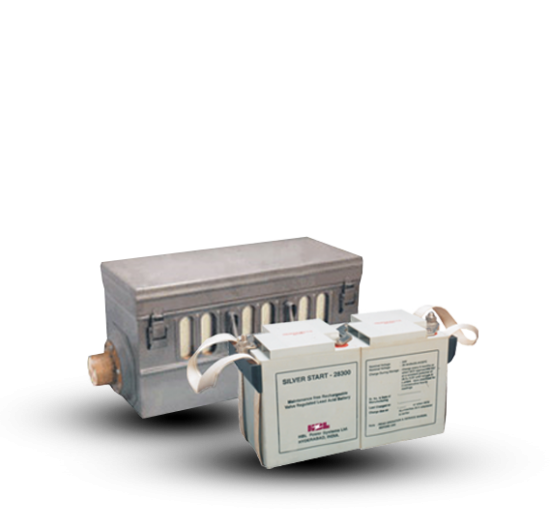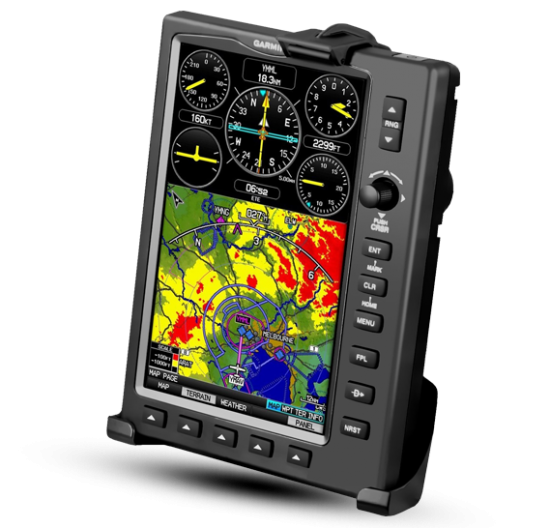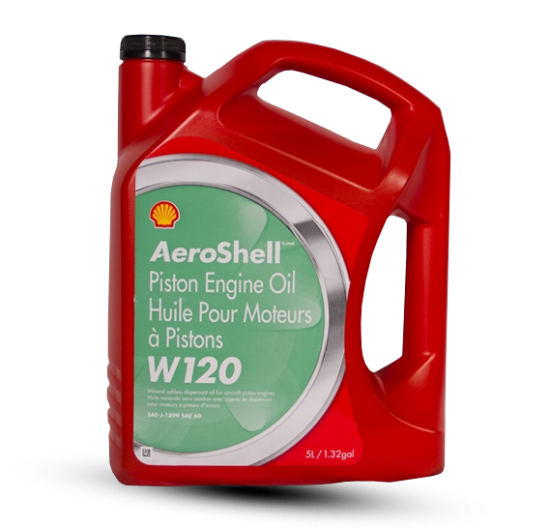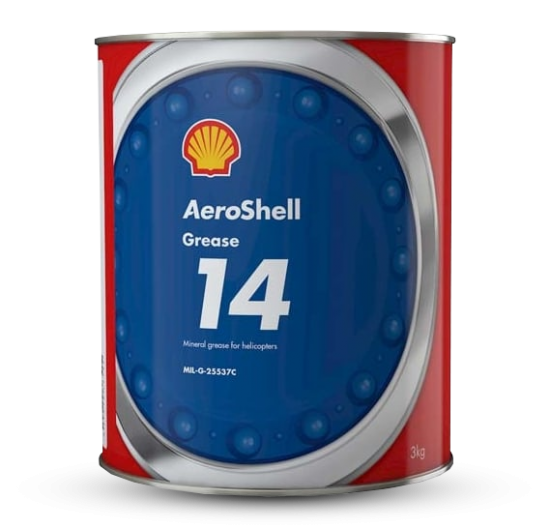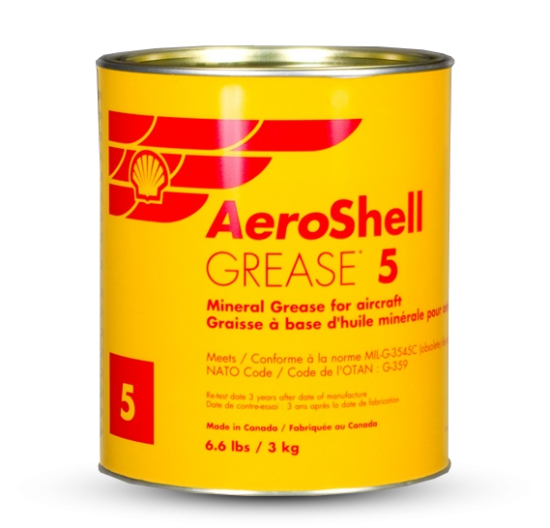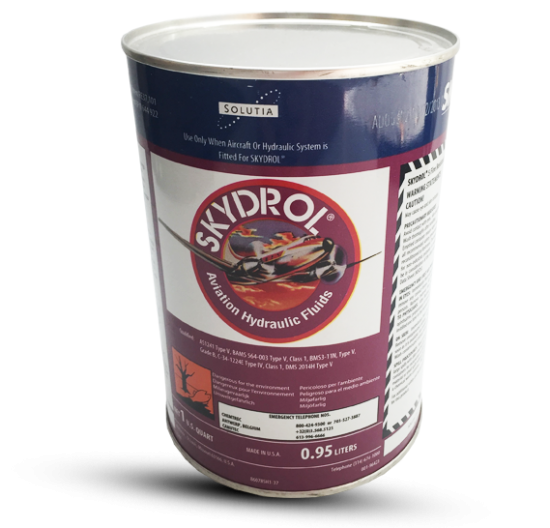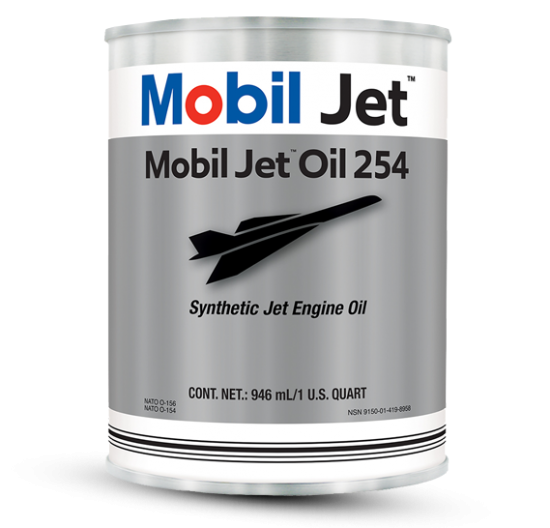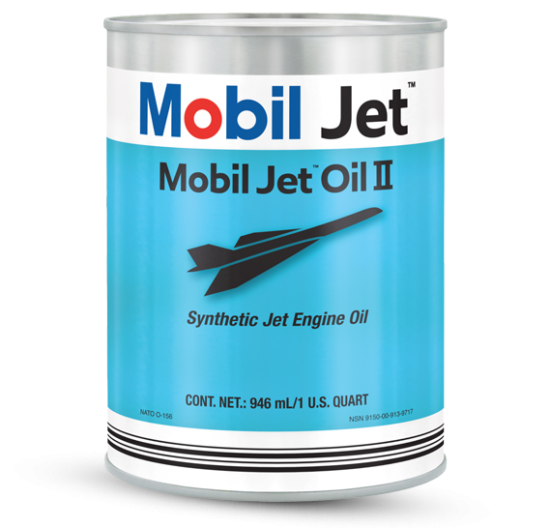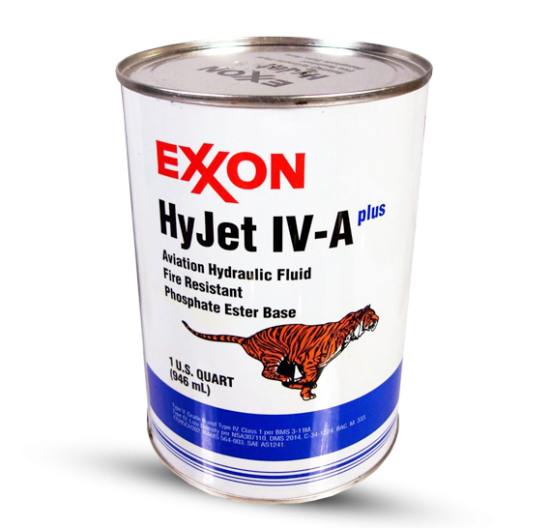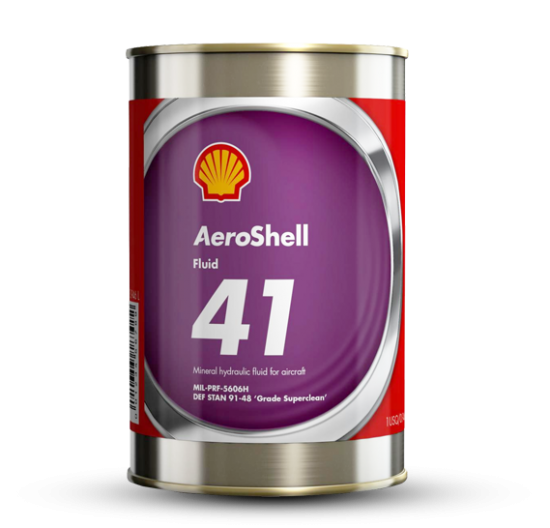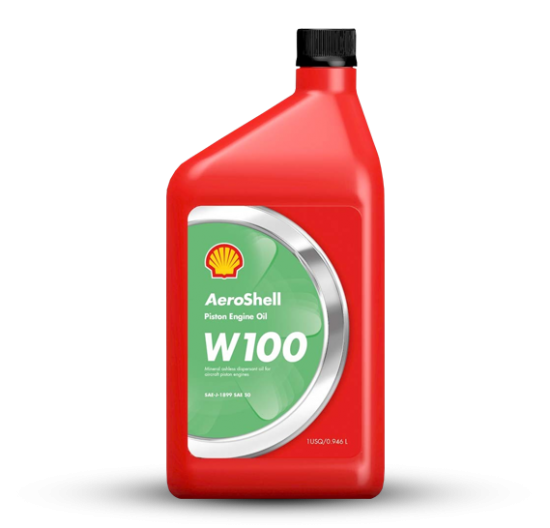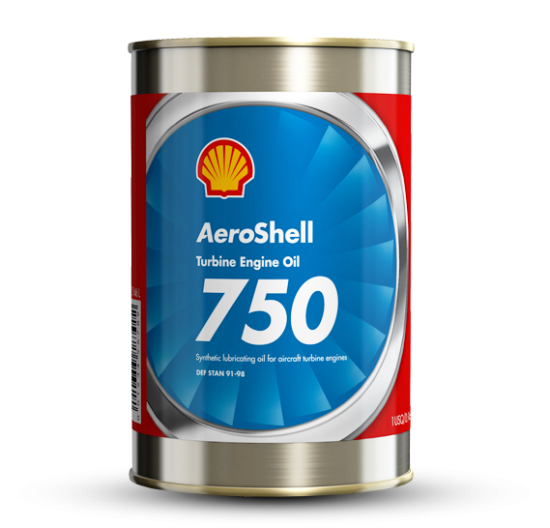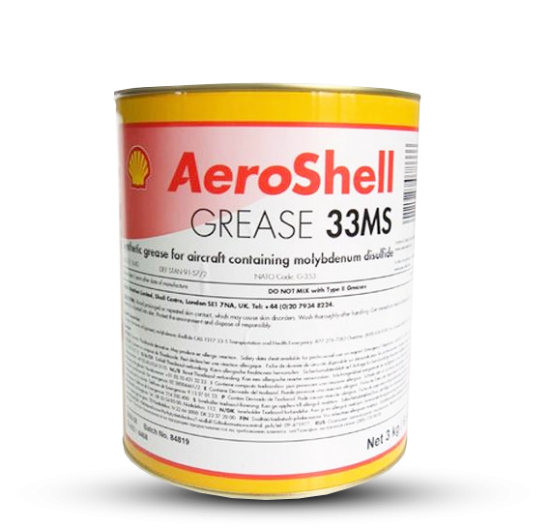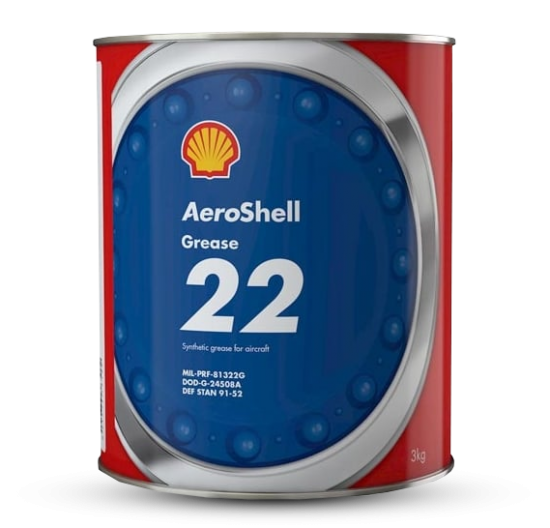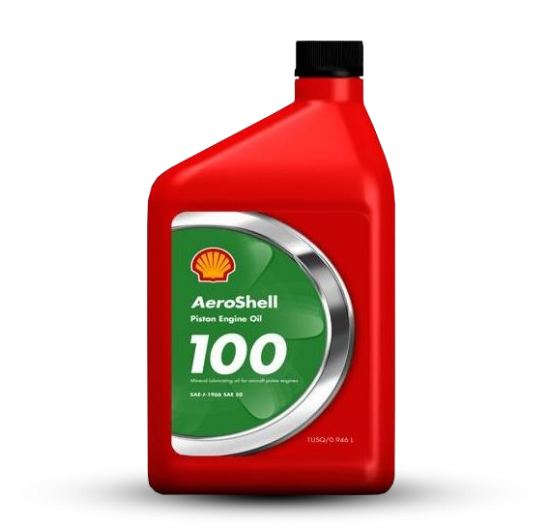
Aeroshell Grease 7
Trast Aerosupermarket (Aquiline Internationl Goup of Companies) offers Aeroshell Grease 7 from its premises at Sharjah International Airport Free Zone (SAIF Zone) available for immediate sales worldwide.
UAE Phone: +971 (6) 5570710, International phone: +8 835 1000 124 3547 e-mail: site@trast-aero.com
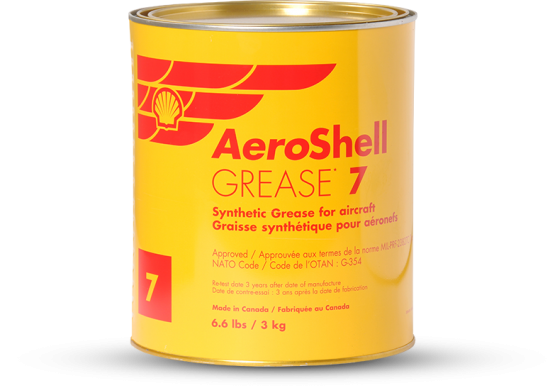
Grease Selection and Use
Using the right grease and procedures can make substantial life extension of lubricated joints a very big deal, indeed.
Grease makes the world go ‘round literally and figuratively, lie earliest forms of grease were various animal fats and organic concoctions, and had short operational intervals. I’ve had the opportunity' to watch a steam locomotive being greased, and the lube used is measured in pounds, and the intervals are about every run or even at stops along die way.
Today still, numerous organically based greases exist and give excellent service—although their origins are more from lithium and calcium than bears.
Synthetics have largely replaced organics in many markets, with wide temperature stability being their biggest advantage. One exception is Shell’s relatively new grease, Shell 33, an organic/ synthetic mix for wide applicability.
This grease can replace many previous greases, saving the airlines money in reduced inventory and confusion of uses.
Like oil, greases have quietly continued to improve over the years. One thing has not changed, however, and that is the bad things that can happen when you mix greases, something that happens all Inexpensive air powered grease gun takes regular cartridges and puts out greater pressure than hand pumped guns, it also allows one hand to help control the tip on the grease fitting so you don't waste grease. We installed the extra-long hose and adjustable tip.

too frequently when you slap new grease in over the old, and don’t make sure the old stuff is pushed out of a fitting or cleaned out with a bearing. It has contributed to crashes—even in airliners.
BEWILDERING ARRAY
A brief check of any lubricant supplier will demonstrate a bewildering number of choices across all market segments, with aviation being no exception. The Shell Company has a huge segment in the aviation grease arena, notwithstanding the popularity of Mobil 28 synthetic grease, similar in applications to Shell 22. Because of their wide availability, and popularity we will concentrate on Shell products.
Shell can be reached at (800) 782-7852, for consumer questions on their lubricant use and availability. Shell also has an excellent, free 23 page periodical on all AeroShell greases. The entire free book on all Aeroshell products is also available and is 196 pages.
We felt an overview of greases was necessary, since we get frequent questions on what the proper lubricants are to use, as well as on mixing of greases and the use of automotive greases and their effects on seals. "Die basic answer is don’t mix grease (especially with different bases) and don’t use automotive stuff.
One reader even commented that after reviewing the choices at the Shell web site, he felt little enlightenment as to the proper choice, since the word “general purpose” is the primary description used in most grease categories. He’s right, but we will make some definite recommendations later to help out.
ONE RECOMMENDATION?
There is still no perfect grease for all occasions. Could you get away with one choice—probably with Shell 22, a wide-temperature range synthetic, but wre prefer to make two recommendations. You will still only need one grease gun, as one of our two recommendations is strictly for wheel bearing use.
Could you get away with using auto grease in an airplane? It’s done every' day, but considering die low' cost of grease on a relative basis for the individual, why not go with the established and recommended products? It should go without saying that commercial operators use only approved products—we hope.
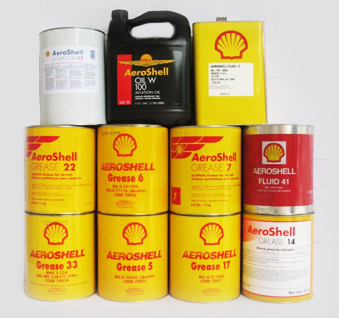
The FAA monthly Aviation Alerts bulletin has frequent references to unusual wear on components. It’s hard to tell if the problems were lack of grease or the wrong lubricants being used, but why take a chance?
Aviation greases are definitely different from the automotive brands, particularly when they are based on military specification (MS) criteria of cleanliness and standards of what is in the product. Of course you can quickly negate all the clean grease in the world with careless cleanliness standards when handling grease containers—especially drums or open containers. And yes, grease has a relatively short shelf life.
Those planes that fly high or in cold weather should definitely stick with the manufacturer recommended selections, since improper grease can become like glue when it’s cold enough. Try' hitting the tarmac at 100 knots with frozen grease in the
![]() Download MSDS AeroShell Grease 7
Download MSDS AeroShell Grease 7![]() AeroShell Products
AeroShell Products![]() FRENCH AVIATION SPECIFICATIONS
FRENCH AVIATION SPECIFICATIONS![]() RUSSIAN AVIATION SPECIFICATIONS
RUSSIAN AVIATION SPECIFICATIONS
Grease Selection and Use
BRIEFING NOTE
Boeing and Airbus standardize
AeroShell Grease 7 is an advanced multi-purpose grease,
composed of a synthetic oil thickened with Microgel®, possessing
good load carrying ability over a wide temperature range. It is
inhibited against corrosion and has excellent resistance to water.
The useful operating temperature range is –73°C to +149°C.
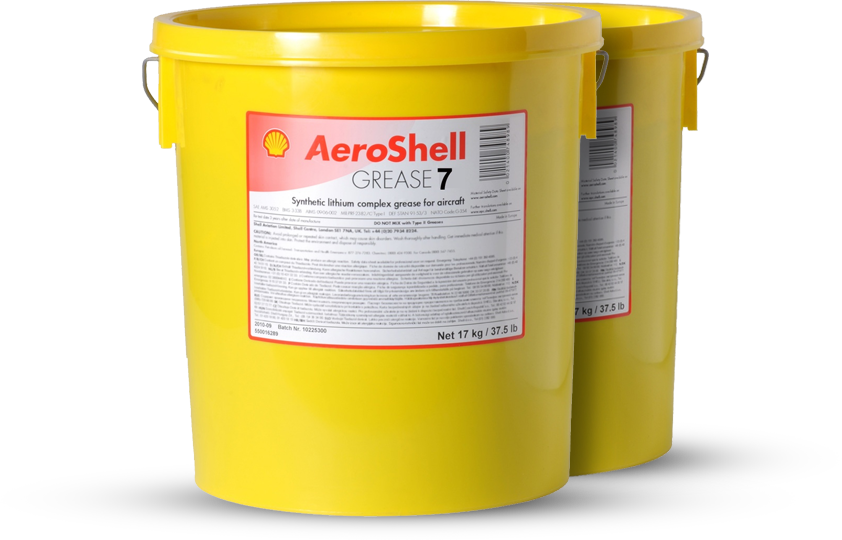
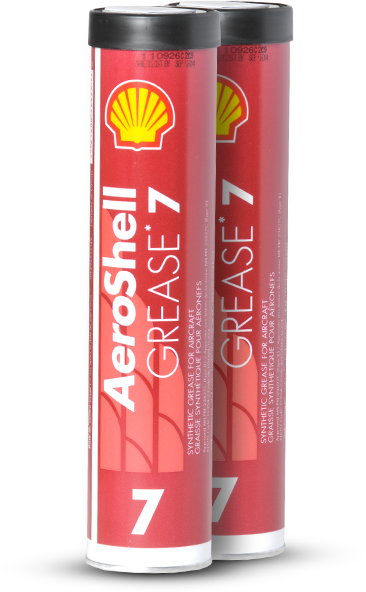
OUR BEST OFFER!
TRAST Aerosupermarket

